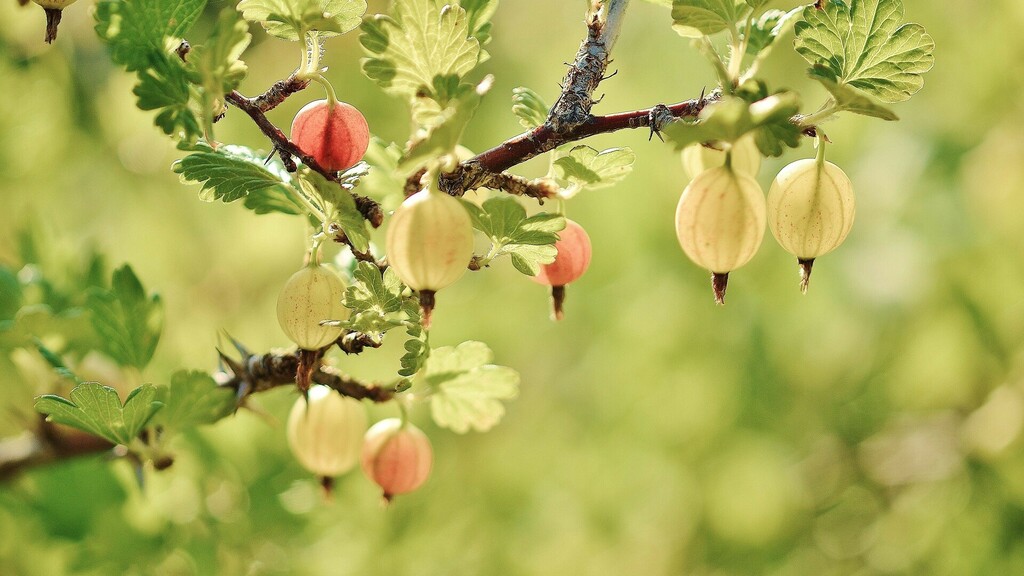

![[Translate to English:] Rhabarber auf DAF Feld](/fileadmin/_processed_/3/b/csm_DAF_Rhababar_3d2a229cb7.jpg)
The Dynamic Agroforestry offers allotment gardeners not only a healthy soil and healthy plants, but also a high crop yield! Thus, DAF is characterized by the fact that one's own bed in the garden is planted with the highest possible diversity of species and, on the other hand, as densely as possible. This creates useful synergy effects between the different species. The plants influence each other positively, whether through the exchange of organisms in the root environment or through the plants providing shade for each other. Altogether, these synergistic effects lead to an immense harvest! At the same time, regular pruning of the plants not only promotes their growth, but also their yield.
Dynamic agroforestry delights gardeners not only with a high yield, but also with natural pest control - entirely without the use of pesticides or other plant protection products. Here again, plant synergies play an important role: there are plants that drive away insect pests, for example, through their odor, which is strong for some insects. If you now place plants next to each other where one repels the pests of the other, it is virtually impossible for pests to settle and spread. A small example: onions repel the carrot fly, carrots in turn repel the onion fly. So win-win when you put these two species side by side. Overall, the diversity of species in Dynamic Agroforestry makes it more difficult for pests to spread. Because of these natural protective mechanisms, little to no pesticide is often needed to keep plants healthy.
Often the soil can only absorb rainwater poorly or not at all due to compaction and drought. This beads off the soil surface and runs off above ground. As a result, the soil dries out, plants do not receive enough water, and you have to water your own garden frequently.
The situation is different when growing in dynamic agroforestry: The diversity of plants and trees allows the soil to hold moisture longer. The large number of different roots leads to more cavities in the soil, which makes it easier for water to penetrate. At the same time, trees and shrubs serve as a so-called water pump: moisture is absorbed from the deep layers of soil and released to surrounding plants via evaporation through the leaves.
Due to the dense root network of the plants and the resulting better water absorption, soil erosion, i.e. the erosion of fertile soil components by run-off water, is reduced - as the water is absorbed directly into the soil, erosion of the soil cannot occur in the first place. Also, the plants and trees protect the soil from wind erosion, so the fertile topsoil in your garden is preserved. The use of fertilizer is therefore no longer necessary in your garden!
Humus improves the soil by, among other things, increasing the biological activity of the soil. In the long term, it improves the air circulation, the heat balance, the water storage capacity and also the fertility of the soil. The raw materials for humus are dead plants and dead organisms of all kinds. In dynamic agroforestry, humus is created especially in connection with the pruning of the plants: During pruning, the cuttings are placed around the existing plants as a kind of mulch ring. Over time, this decomposes and develops into humus. In addition to the points already mentioned, this has the positive effect that the buildup of humus stores carbon in the soil for the long term. In this way, you can contribute to climate protection in your garden, even in a small way.